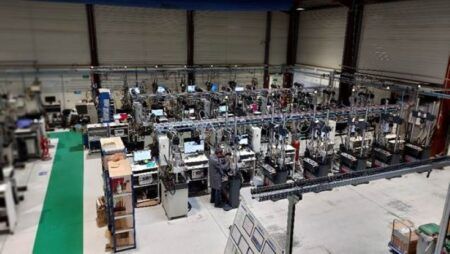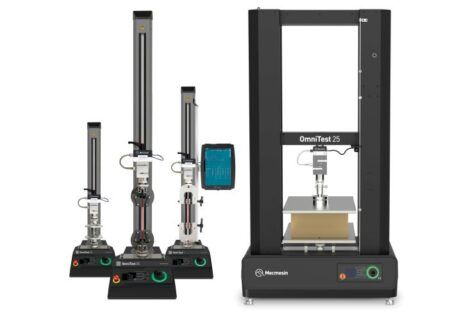The Boeing 787’s carbon composite structure can take over three times the stresses of its design lifetime, according to recently reported test results.
A five-year fatigue test simulated more than 160,000 take-offs and landings, more than the design life of 44,000 cycles, says a report in Aviation Week and Space Technology.
Testing did not begin until 2010, 18 months later than planned, because a structural design flaw was found where the wing and body join. Once this had been rectified, the Boeing 787 airframe lasted for the duration of the testing.
Flex testing is important because aluminum can develop fatigue fractures and the novelty of carbon composite aircraft needed to be proved through these extended tests.
More than 3,000 sensors collected data during the flexing. The test structure was built of more than 1,000,000 lb of steel.
3 December 2015





